Water cooling is a must!
To be able to judge really accurately and objectively, I need a medium with as constant a temperature as possible. The room has an air-conditioned 20 °C if required, but due to all the influences and mechanical reasons of a frequent rebuilding including consequential damages, I prefer to rely on the proven water block, whose behaviour I also know well. In addition, as always, there is the chiller with extra reservoir for the cooling circuit of the graphics card. I deliberately thermally decoupled the Intel Core i9-11900K and cool it via a second circuit with a different water cooling system (picture below).
This also contributes to temperature consistency and avoids unnecessary fluctuations. You can clearly see on the next graph how the water temperatures settle after a few minutes and the hysteresis of the chiller at the end results in a temperature window of maximum 0.6 degrees at the GPU cooler’s intake. Since the measurement of the GDDR6X hotspot is done in whole degrees and also doesn’t fluctuate that much, so any deviations below one degree can be easily neglected.
Furthermore, I don’t test on the air-cooled board, because the conversion would irreparably damage the cooler after only a few times (threads, connectors, etc.), but on a water block, because here I can show the temperature differences much more clearly and the thread inserts can also be replaced if necessary. I also use the reference board from Nvidia without V-Shape. This short PCB only needs 8 screws (4x GPU, 4x board).
Again, an Alphacool GPX-N is used, which I had already tested separately and which is virtually the all-purpose weapon in the lab. The advantage here is that the VRMs do not sit directly on the same copper plate and thus have little or no influence on the GDDR6X modules positioned next to the GPU. A counter test with the VRMs without pads resulted in a difference of just about one Kelvin. So that fits already. And elegantly, he needs the 1-mm pads. Bull’s-eye, then.
I cool the water block for all tests with 20 °C cold water (see above) at a controlled flow of about 160 l/h (tolerance range between 159 to 161 l/h). A further increase up to 200 l/h is not only completely unrealistic for everyday use, but it also brings no further gain in cooling performance. Up to approx. 150 l/k I could still register marginal increases, beyond that no more. Therefore I set the flow rate to 160 l/h to still have a small buffer.
The correct assembly under identical conditions as far as possible
This point must also be taken into account, because the memory sits directly next to the GPU and is also heated up via the circuit board. Furthermore, a thicker layer of thermal paste would also have a negative effect on the distance between the cooler and the memory module. I use the Sub Zero from Alphacool here, which has a medium viscosity. I tighten the spring screws with a torque screwdriver alternately and diagonally crosswise (0.7 Nm). This is enough to press the paste to always the same layer thickness and squeeze out the excess.
But how much paste do you actually need? You have to look for the compromise and make sure that in the end it is enough for the whole chip, takes into account its curvature and can compensate for gaps without running out later. First, I weigh the blank board and set the final result as the tare.
In order to achieve this exactly and reproducibly, the paste is first heated to approx. 40 degrees in a sous vide water bath and then approx. 0.2 grams of paste are applied to the chip as an elongated sausage. This should also not be smeared, because the sausage presses so best completely flat. The GPU temperature as a delta to the water never differs by more than 0.2 °C in the average over 30 minutes after the complete warm-up. It will hardly be possible to achieve more with the means at my disposal.
Thus equipped, it goes now to the measuring, because we want to know also, what runs (or perhaps also not). Or there are tears, as the case may be. i already know!
| Test System and Equipment |
|
|---|---|
| Hardware: |
Intel Core i9-11900K MSI MEG Z590 Ace 2x 16 GB Corsair DDR4 4000 Vengeance RGB Pro 1x 2 TByte Aorus (NVMe System SSD, PCIe Gen. 4) 1x 2 TB Corsair MP400 (Data) Be Quiet! Straight Power 11 1000 Watt Platinum |
| Cooling: |
Alphacool Ice Block XPX Pro Alphacool GPX-M RTX 3080 Reference |
| Case: |
Microcool Banchetto 101 |
| Monitor: | BenQ PD3220U |
| Cooling: |
Alphacool Ice Block XPX Pro Alphacool GPX-M RTX 3080 Reference Aqua Computer High Flow Next Alphacool Chiller Ice Age 2000 |
| Thermal Imager: |
1x Optris PI640 + 2x Xi400 Thermal Imagers Pix Connect Software Type K Class 1 thermal sensors (up to 4 channels) |
| OS: | Windows 10 Pro (all updates, current certified or press drivers) |















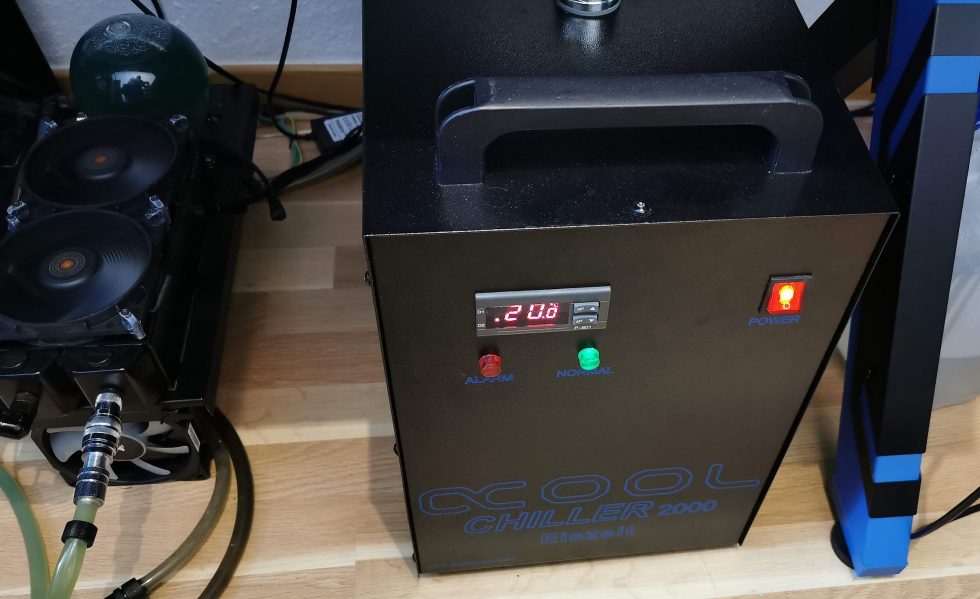
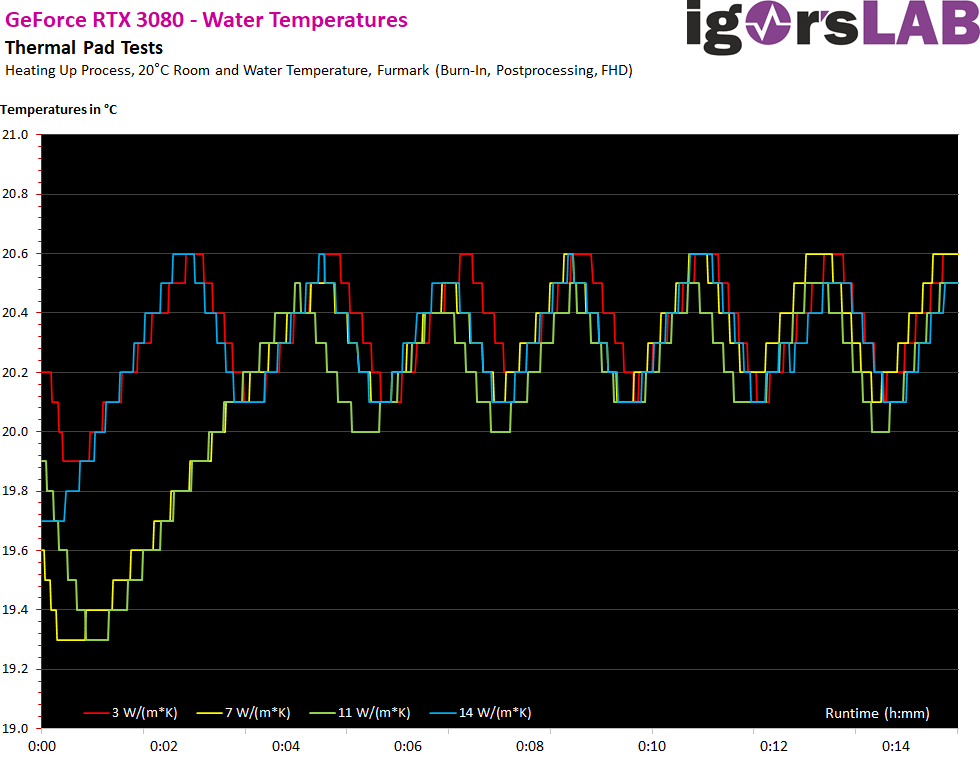
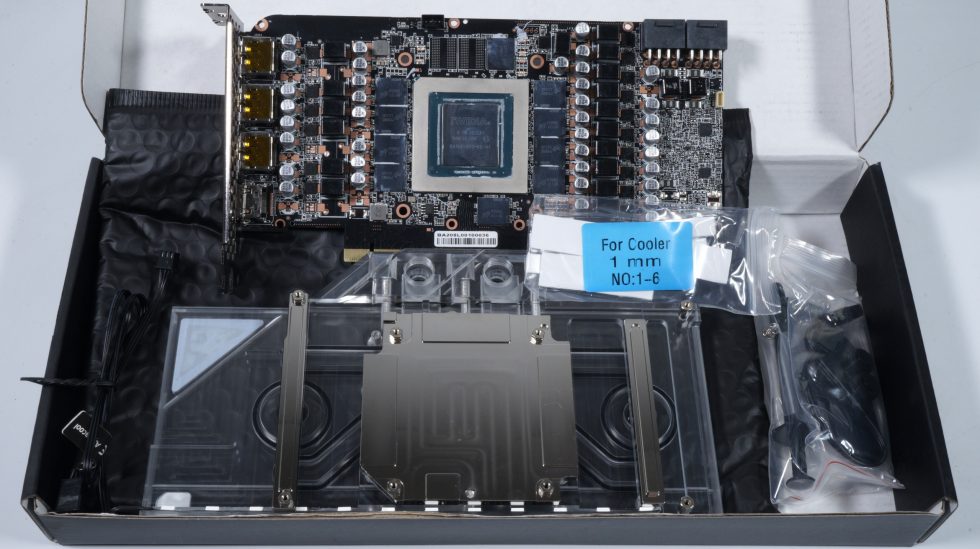

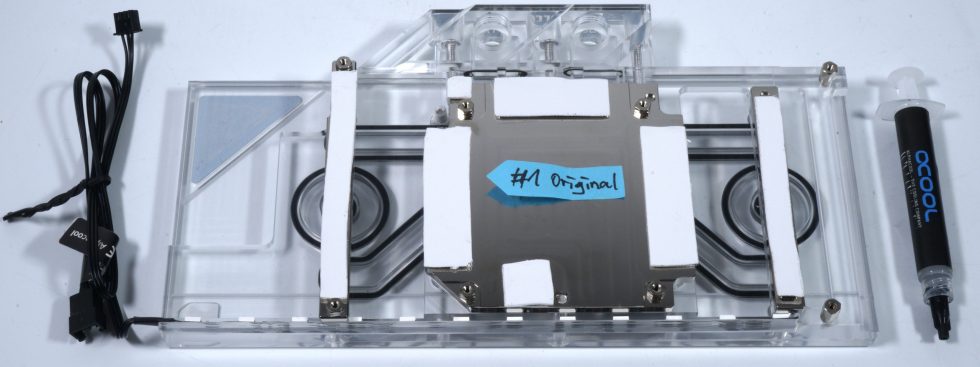
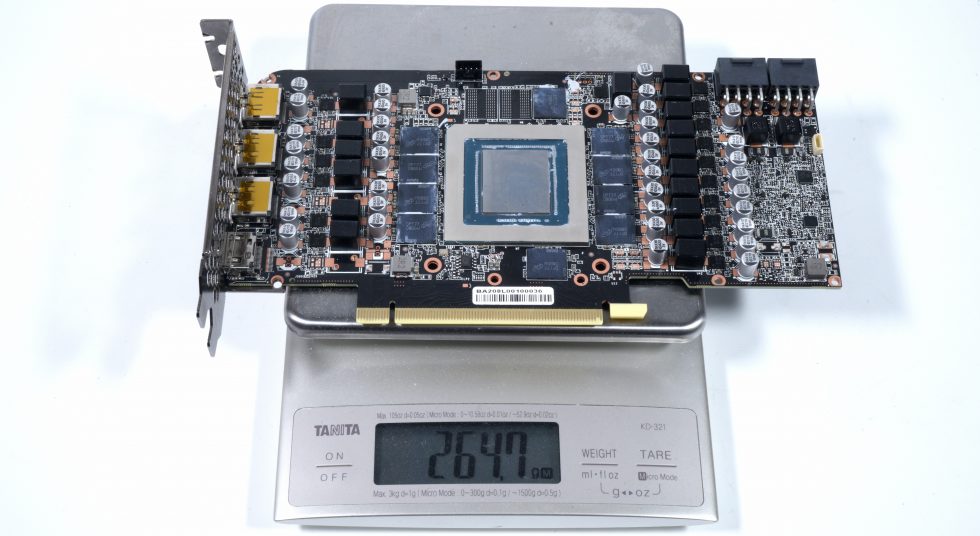
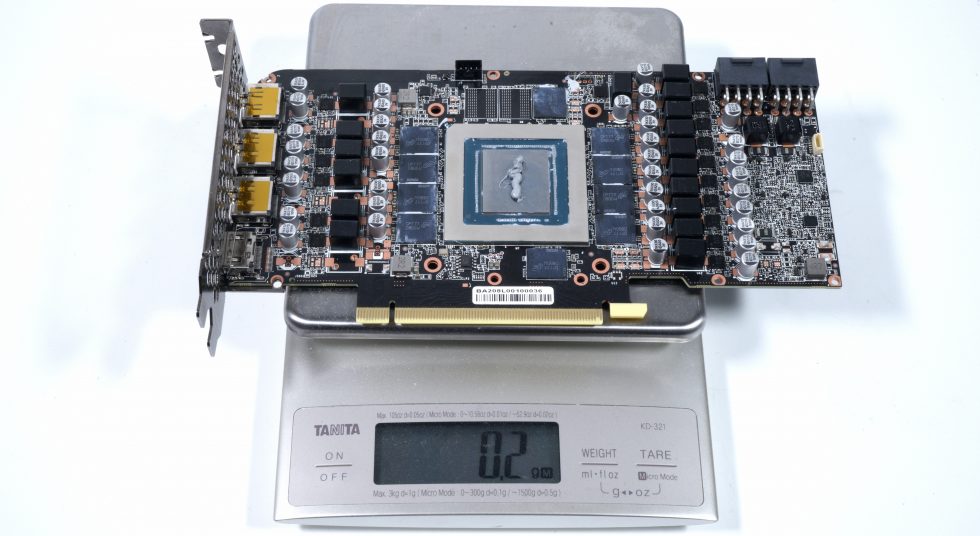


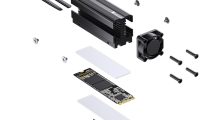


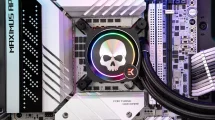














91 Antworten
Kommentar
Lade neue Kommentare
Urgestein
Veteran
1
1
Urgestein
Urgestein
Mitglied
1
Neuling
Neuling
Urgestein
Veteran
Neuling
Mitglied
Veteran
Mitglied
Alle Kommentare lesen unter igor´sLAB Community →